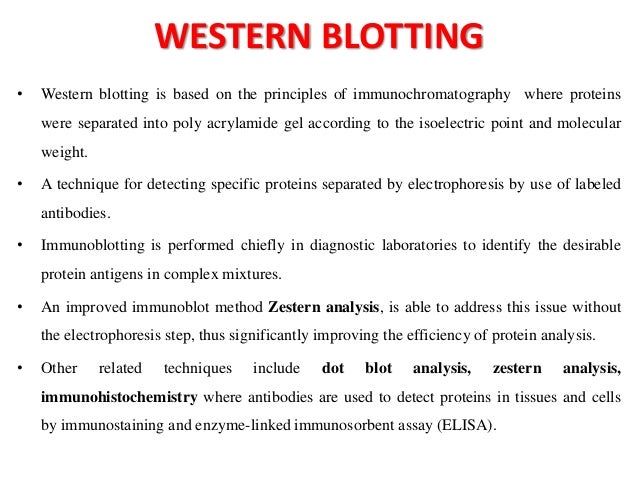

Improvements in sensitivity of newer generation HIV-antibody screens have created the dilemma of falsely-negative Western blot assays. Persons with stable indeterminate patterns lasting 6 months or more, in the absence of known risk factors and clinical symptoms, may be considered negative for HIV-1 antibodies. Most seroconversions will be detected in repeat Western blots within 3 months. These individuals should be further evaluated by HIV RNA PCR testing and follow-up HIV serologic testing. Individuals with a positive Western blot lacking the p31 band should be counseled that, although they may be infected, uncertainty exists about this conclusion. The complete medical history must be considered in interpreting indeterminate Western blots.

Indeterminate patterns may be either false positives or early seroconverters. The majority of indeterminate patterns consist of p17, p24, or p55 alone, or combinations of these 3 bands. Presence of any 2 bands p24, gp41, gp120/160

The criteria established by the Centers for Disease Control and the Association of State and Territorial Public Health Laboratory Directors for interpretation of Western blots are as follows: In some cases, reactions with gp120 and gp160 may be due to antibodies binding to multimers of gp41. Anti-p31 also diminishes, but not to the same extent as anti-p24. Antibodies to p24 and p55 decline after the onset of symptoms, while antibodies to envelope glycoproteins persist. The earliest antibodies to appear are directed against gp160, gp120, p24, and p17, followed shortly by antibodies to gp41, p55, p66, and p51. A consistent sequence of antibody responses occurs after infection.


 0 kommentar(er)
0 kommentar(er)
